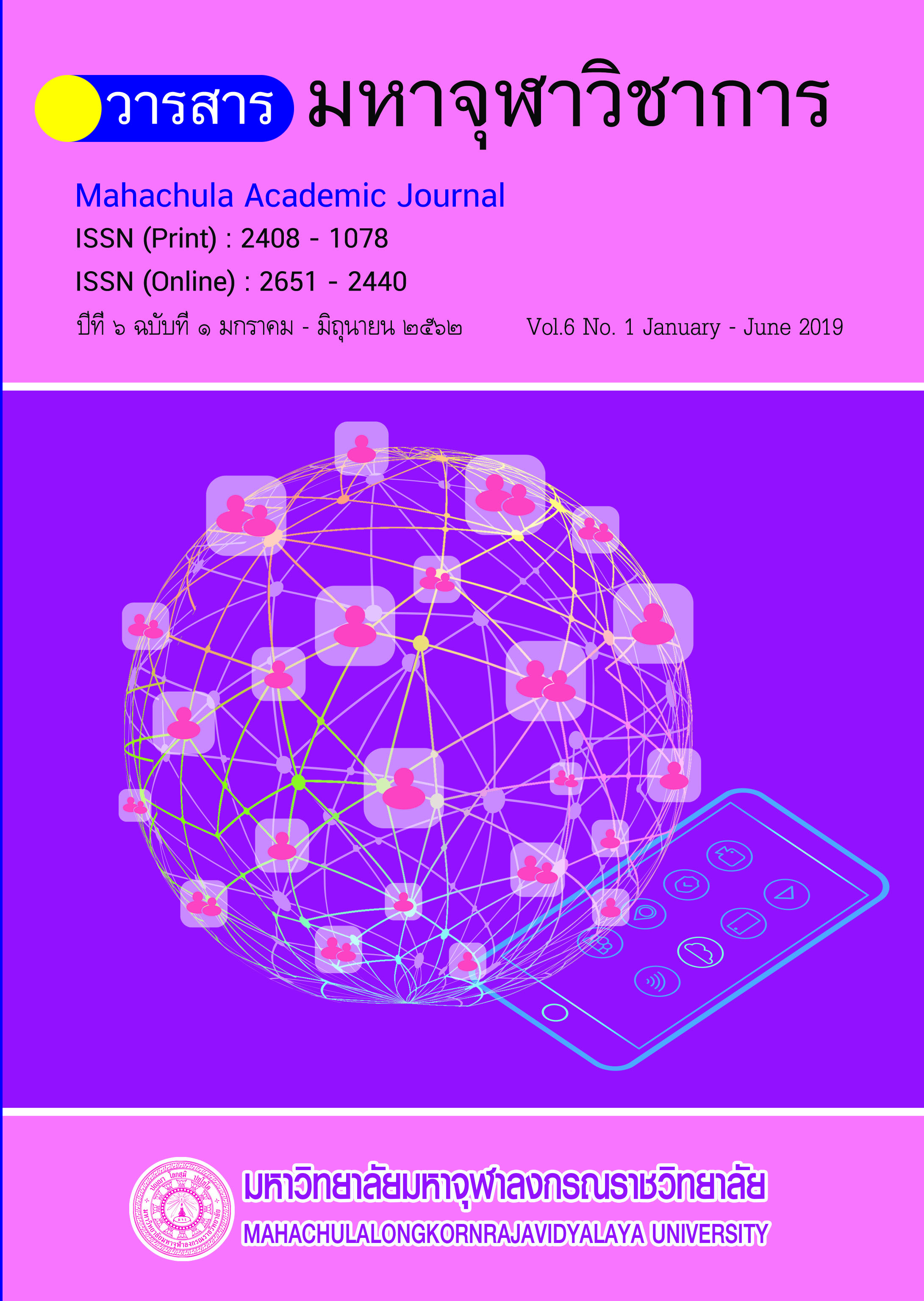“Teach Less Learn More” Learning in The 21st Century and Buddhist Learning
Main Article Content
Abstract
The principles and the learning process of TLLM is to teach as it is necessary. The teachers are of the duties only to design the pattern of learning activities in order to help the learners to learn and know by themselves, to observe each student’s behavior and to facilitate learning, as well as to set up learning environment for motivating and encouraging the learners to be ready for learning at all time. It is the process of student-centered learning. The Theory which supports the TLLM viewpoint is the theory of constructing knowledge (Constructivist Theory).
Buddhist learning process consistent to TLLM is the learning for self-development including 3 aspects, namely:- Pariyatti, Patipatti and Pativedha and Tisikkhã Suta Samavara Samyama. The relating components are Kalayanamitta, Paratoghosa, Yonisomanasikãra and the Noble Eightfold Path (Magga). In the Buddha’s teaching, He taught as it is necessary, but not every matter known by Him. This point is in compliance with the principle of Teach Less Learn More (TLLM). The Buddha used different methods of teaching according to the listeners’ conducts so they can learn and know by themselves, learn and know from their experiences or conditions of which were governing set up or given by the Buddha. Thus, the learners must learn much by themselves. Therefore, TLLM learning process likeness to Buddhist learning process is the process underlining the importance of the student-centered approach which is comparable to the educational process of “Vipassañadhura”.

